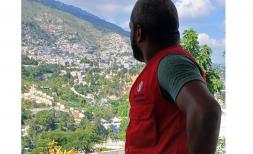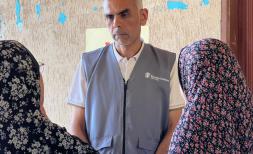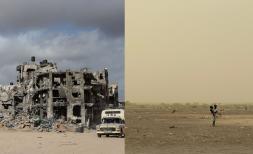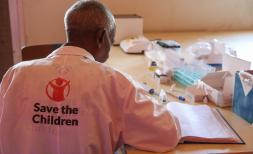Guide: How to help children in a hurricane, storm, cyclone or typhoon
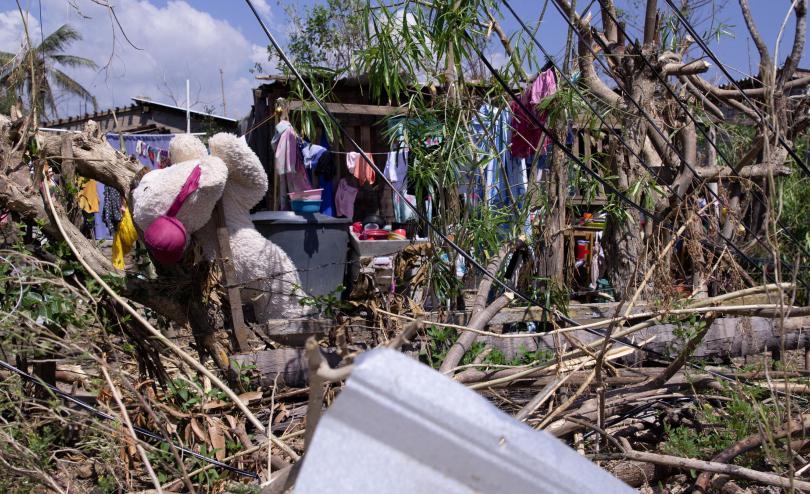
Damage on a house from Hurricane Otis. Miguel Vera/ Save the Children
Around 126 million people – of which almost 3 in 10 are children – live in hurricane-prone areas in parts of the US, Latin America, the Caribbean, and eastern Canada.
This means that this year alone, 35 million children are under threat from the most active Atlantic Hurricane season ever.
The Atlantic hurricane season officially started this month and runs until November. Researchers at the Colorado State University (CSU) predict 23 named storms this season, with 11 predicted to become hurricanes and five to reach major hurricane strength (Category 3-5).
This level of activity is 170% greater than the average season from 1991–2020. According to CSU researchers, this is mainly due to record warm sea surface temperatures as a result of climate change, the development of La Nina conditions in the Pacific, reduced Atlantic trade winds and less wind shear.
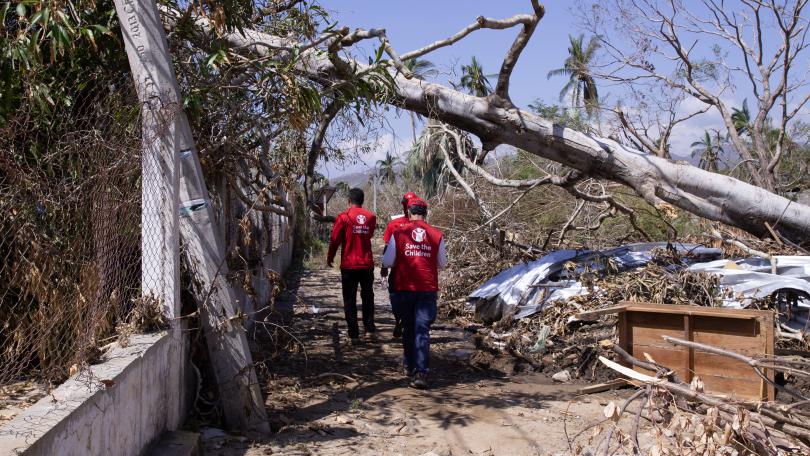
Save the Children staff monitoring the damage from Hurricane Otis. Miguel Vera/ Save the Children
Only a few weeks into the hurricane season, Hurricane Beryl, the first category 5 hurricane, has already turned the lives of people in countries in the Caribbean like Jamaica or Haiti upside down and is expected to make landfall along Mexico's northeastern coast and southern Texas. The strong winds and heavy rainfalls characteristic of storms of this magnitude have torn through houses and left people with no electricity, clean water or a safe place to take refuge.
As the climate crisis intensifies the frequency and severity of extreme weather events and coastal areas become more populated, millions of children in storm-prone areas face increased risks like floods, landslides, damage to homes and schools, heightened exposure to disease, and even death.
Here are 9 tips on how to best help children before, during and after a typhoon, cyclone, storm or hurricane:
1. Talk to your children about extreme weather events
- Explain to your child what could happen using simple words
- Discuss your local early warning systems, and how you will stay informed

2. Prepate an emergency plan
- Identify your safe locations or mergency shelters and the routes to get to them.
- Remind your children that their safety is your biggest priority
3. Prepare a go bag
- Get children to help prepare damily Go Bags with essential items: clean water, first aid kit, medicines, emergency contact information, snacks
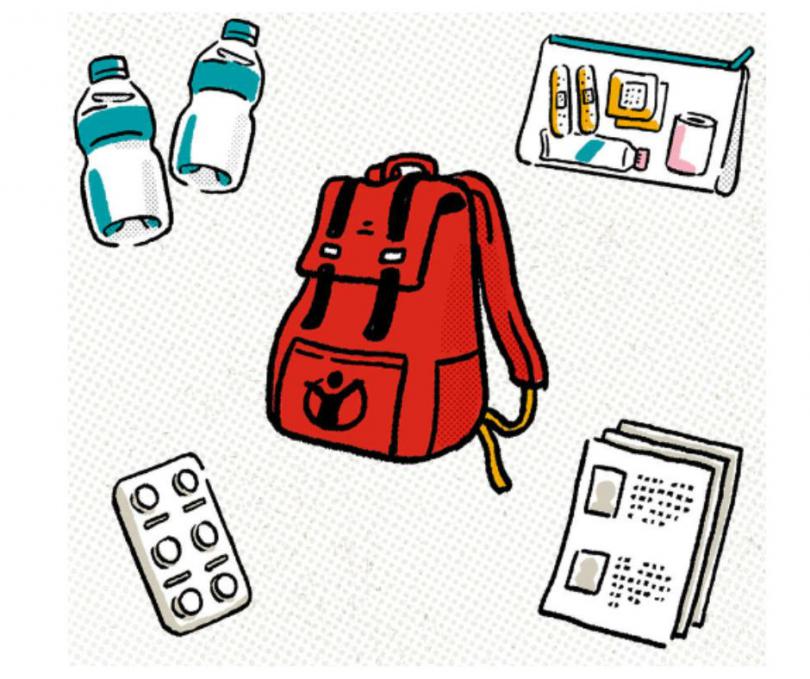
4. Practice evacuation drills
- Practice at home and school so that children can evacuate quickly and safely if needed
- Plan and practice two ways out of your neighbourhood, in case one route is blocked.
- Remember bridges may be washed out and low-lying areas may be flooded
5. In storms, use the 30/30 rule
- If you hear thunder within 30 seconds of a lightning flash, go inside and stay there.
- Wait at least 30 minutes after you hear thunder before going back outside.
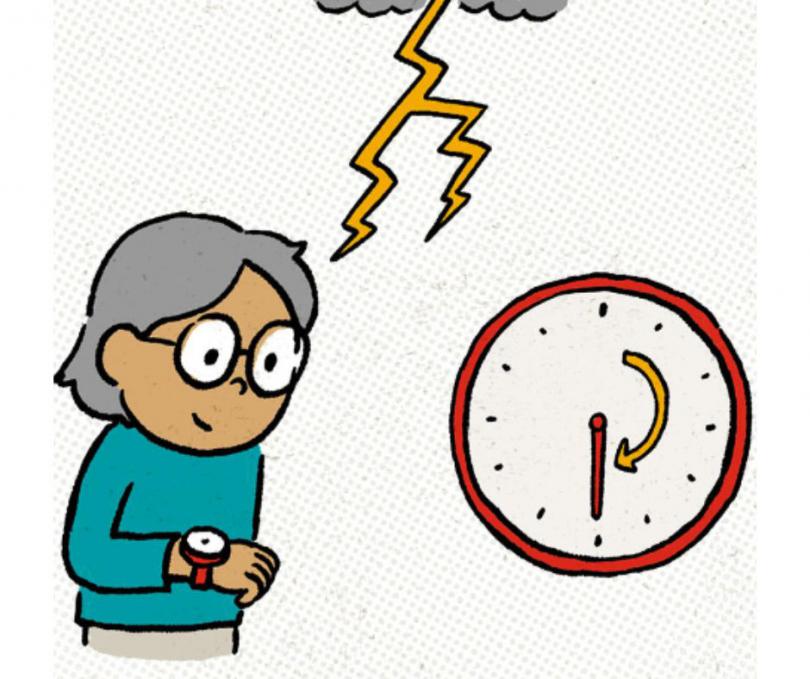
6. Be prepared to evacuate
- Evacuate early to your designated shelter
- If you must evacuate, wear protective clothing suited to your climate
7. Get indoors and stay indoors
- Close storm shutters
- Stay on the lower floors of your building, but not where flood waters can rise.
- Close and stay away from windows and doors.

8. If you are stuck outside
- Do not shelter under trees or unstable structures
- Seek shelter in a ditch to avoid flying objects
9. Don’t go outside until it’s safe to do so
- Monitor weather reports until the weather has definitely passed
- Stay where you are until you get an official ‘all clear’ message
- Fallen trees, live electrical wires, burst sewage pipes and other hazards can be dangerous for weeks after the initial damage
Children are particularly vulnerable in emergencies. Secondary impacts of emergencies can be just as dangerous as the emergencies themselves, so children must continue to be protected after the first emergency has passed.
Remember to stay alert for any significant changes in children’s sleeping patterns, eating habits, and concentration levels and watch for wide emotional swings or frequent physical complaints.
If any of these actions do happen, they will likely lessen within a short time. If they continue, however, you should seek professional help and counselling for the child once the emergency is over.
